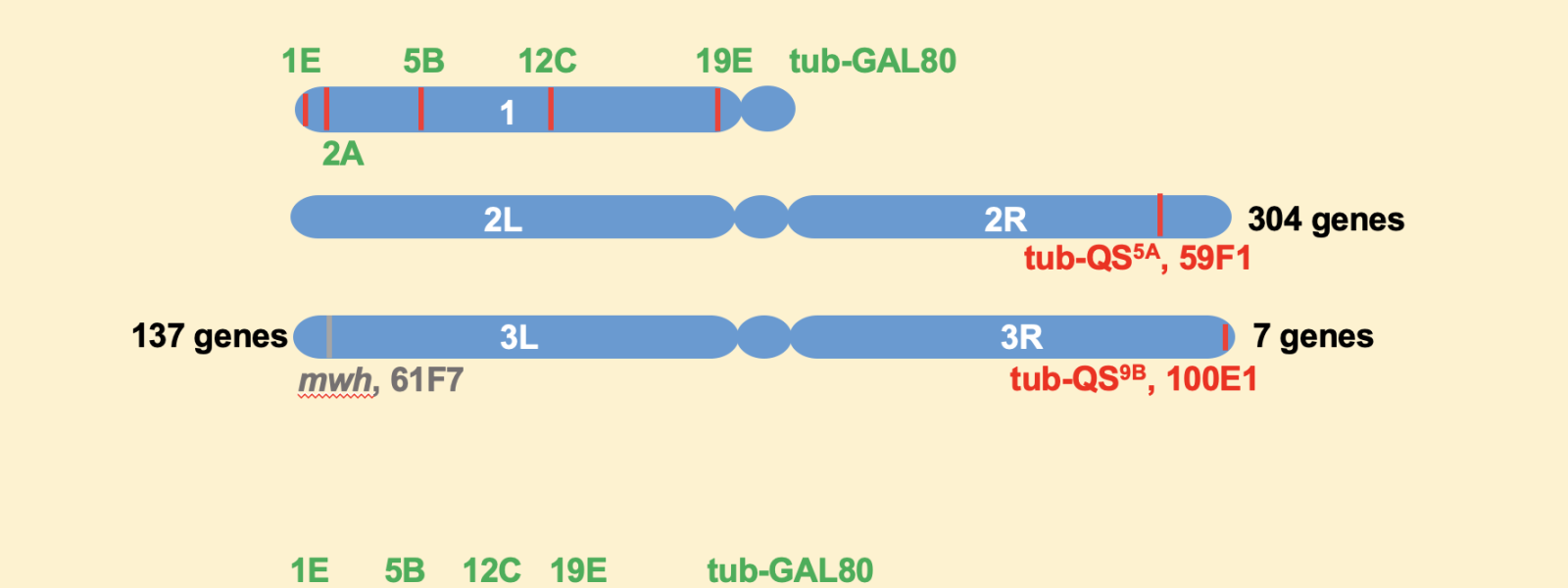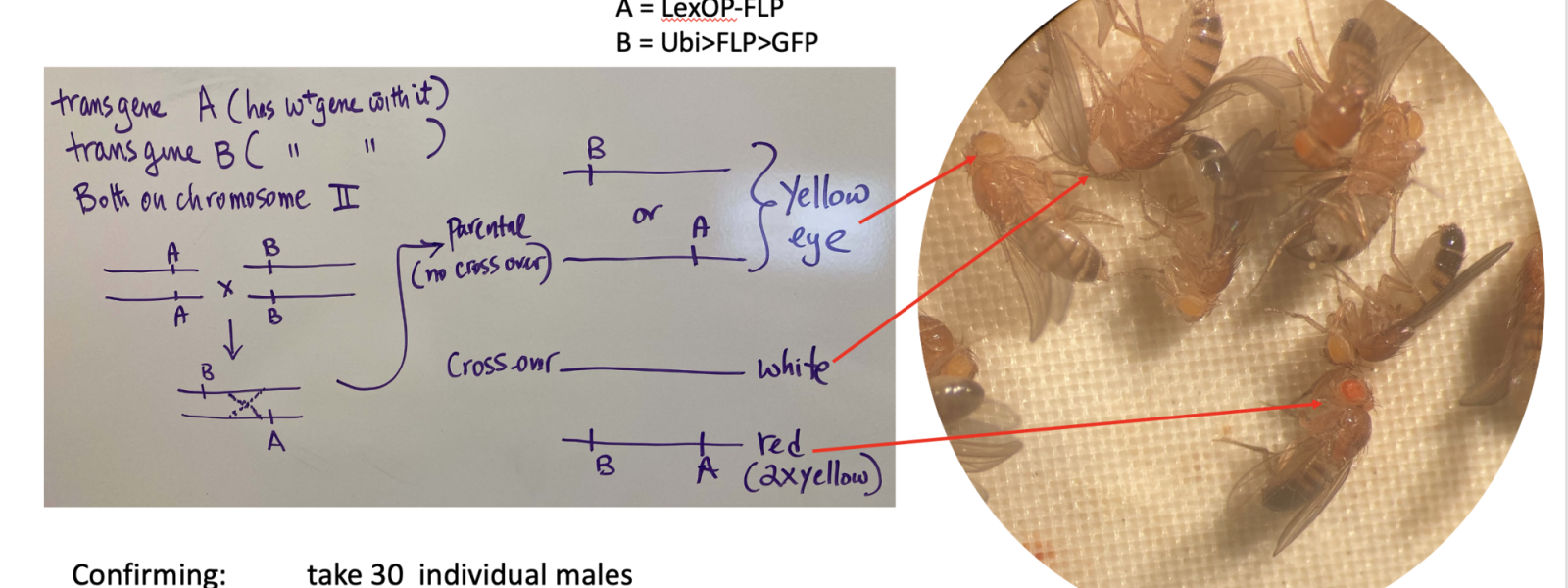Home
Understanding Radiation Sensitivity
Our goal is to understand how cells, tissues and organisms survive exposure to high energy radiation such as X-rays. We are identifying and studying genes and chemical molecules that modulate the effects of radiation. Chemicals that modulate the effect of radiation have the potential to improve radiation therapy of cancer. We use Drosophila melanogaster_ fruit fly _ in our studies because it is a good model for human biology (read more about this).
Outreach to Colorado Rural Communities
Tin Tin Su represented our lab and the University of Colorado in a visit to rural Colorado communities in the summer of 2022. She was one of six faculty members selected for the Community Perspectives program (Read more about this). Organized by the Office for Outreach and Engagement at CU Boulder, Tin Tin stayed for three days in the towns of Pueblo, La Junta, Walsenberg and Trinidad and met community members. As a result of this visit, our lab is collaborating with Professor Carsella (linkedin profile) of Colorado State University, Pueblo, to assess the effect of heavy metals on the genome in Drosophila and human cells. We are focusing on combinations of lead, cadmium and arsenic because these toxic metals are prevalent in mining waste found in the Pueblo area (Dr. Carsella's identification of these metals in Pueblo is reported here).
See also:
- Tin Tin Su's faculty page on the Molecular, Cellular and Developmental Biology Department website.
- Molecular and Cellular Oncology (MCO) Program at the University of Colorado Cancer Center that is co-led by Patricia Ernst and Tin Tin Su
- Translating basic research findings in Drosophila into better therapies for human disease at SuviCa, Inc.




